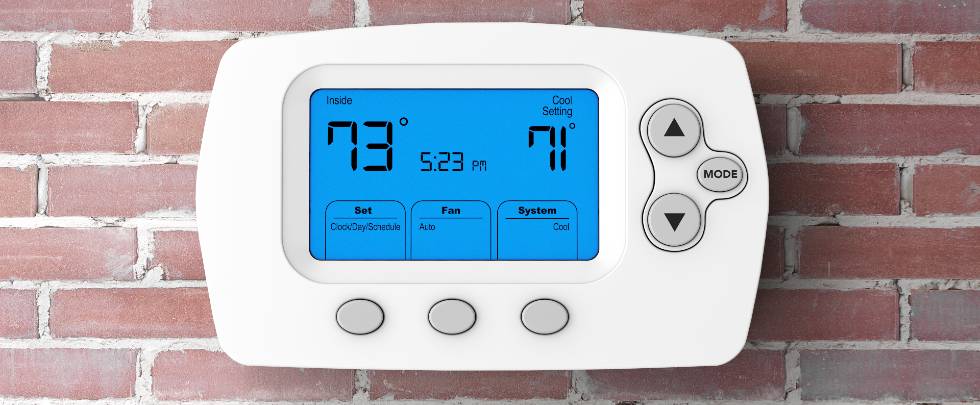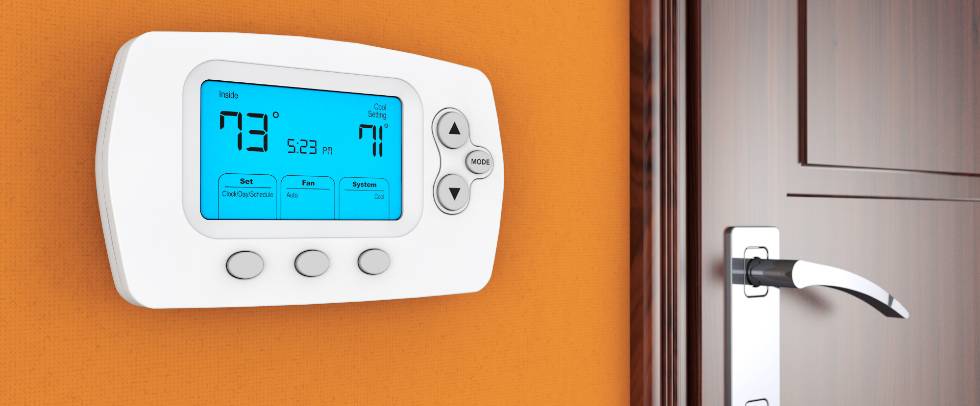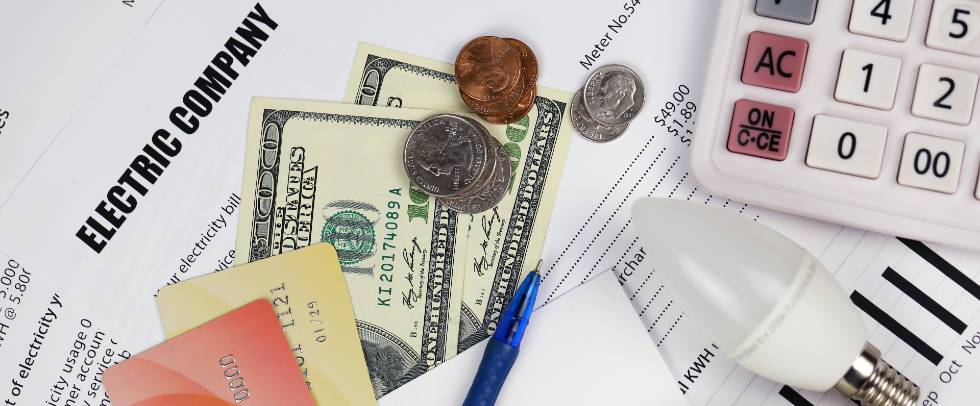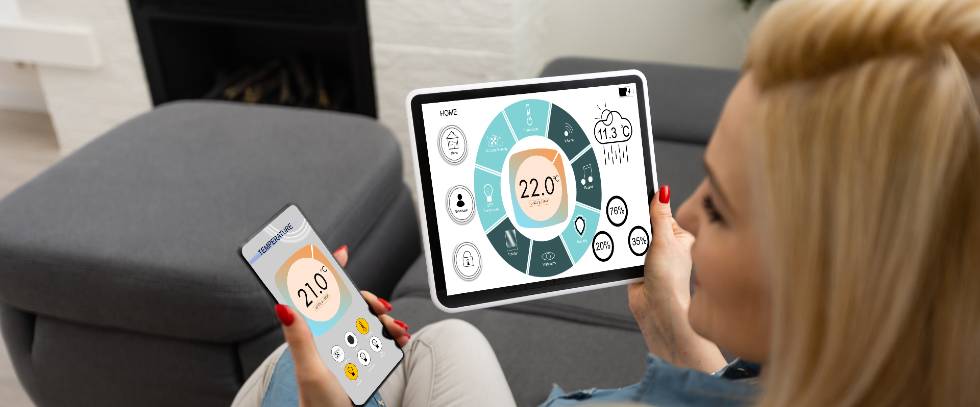Did you know that 91% of households in the US have air conditioning to protect them from the searing temperatures during the summer heat?
While owning an AC or HVAC system is one thing, finding the ideal temperature is another. Thermostats help regulate temperatures, but most home and business owners struggle to get the temperature right.
Everyone thought smart thermostats would be the answer to all their problems, but it turns out it wasn’t. This begs the question, what are the best thermostat temperatures for summer and winter in Denver? We’re glad you asked and we have all the answers you need right here.
In today’s post, we’ll be talking about the best temperatures for your thermostat during summer and winter. That way, you can keep warm and toasty during the winter, and cool off during the summer.
- Best Temperature for Summer
- Best Temperature for Winter
- Does The Positioning Affect Your Home’s Temperature?
- Benefits of Having a Smart Thermostat
- Ways to Cut Energy Costs in Denver
- Best Temperatures Simplified

Best Thermostat Temperature for Summer
Summer is a lovely time. The kids are home for summer break, the sun’s out and shining, and everyone is cheerful. The only downside to summer is that the sun can sometimes become too hot for most people’s liking.
If you use a conventional thermostat, finding the perfect temperature for the heat is easier said than done. Despite all the button mashing, it seems like it’s almost impossible to find the perfect temperature.
If it’s dead in the summer, the ideal temperature for your thermostat if it is correctly adjusted is 78°F. This will keep the indoor room temperature cool enough to make your home comfortable without hurting your pockets. Go any lower and brace yourself for hefty energy bills throughout the summer.
The US Department of Energy also recommends 78°F as the best thermostat temperature for summer days. However, at night, you want to keep the temperature at 82°F when sleeping and 85°F when you leave the house.
Some people find 80°F a bit too warm for the summer and would like to have cooler air. If you’re one of them, try turning it up by 7° to 10°F from the normal settings, but only for 8 hours a day.
Best Thermostat Temperature for Winter
While summer is about basking in the glorious sun, winter is all about hunkering down and staying indoors where it’s warm. No one wants to step out into the cold, and most people want nothing more than to stay under a blanket with a cup of hot cocoa.
During winter, you’ll want to keep your winter thermostat settings at 68°F when you’re home. This is the best temperature for most people, as it’s not too cold or hot.
If no one’s home, you can turn the temperature down to 62° F but make sure to turn it back up an hour before anyone arrives so that the place isn’t freezing when they get in.
The Department of Energy also recommends 68°F as the best thermostat temperature for winter. They suggest turning it down to 55°F when you’re out of the house or asleep for energy saving. These suggestions can help lower your heating bill during the winter months.
If you have a health condition that requires you to keep your home warm, the best temperature for winter is 70°F. This will help prevent any health complications and make sure you’re comfortable indoors.
There you have it, the best thermostat temperatures for summer and winter. Remember to keep your home at 78°F during summer days and 68 F during winter days. Again, if no one’s home, you can turn the temperature down a bit, but make sure to turn it back up an hour before anyone arrives.
Does Thermostat Positioning Affect Your Home’s Temperature?

Now that we’ve gone over the best thermostat temperatures for summer and winter, you might be wondering if thermostat positioning has any effect on your home’s temperature. The answer is yes and no; we’ll explain.
If you have a central heating system, the thermostat should be placed on an interior wall away from any windows, doors, or heat-generating appliances. This will help the thermostat get an accurate reading of the temperature in your home so that it can adjust accordingly, saving money on heating costs.
As for the central air conditioner, the best position is on a shady wall or in a room that doesn’t get direct sunlight. Sunlight can cause the thermostat to give off false readings, causing your AC to work overtime. Also, consider installing ceiling fans to lessen the AC’s load.
Heat pump owners have a little extra work compared to conventional HVAC system owners. See, heat pumps don’t take it too well if you keep fiddling with the thermostat every now and then.
As such, it’s advisable for any heat pump owner to have a smart thermostat, nest learning thermostat, or a programmable thermostat. That way, they don’t have to keep tweaking the thermostat settings with every temperature fluctuation.
An HVAC specialist will help you pick out the right one for your heat pump.
Benefits of Having a Smart Thermostat
If you’re still using a conventional thermostat, it’s high time for you to upgrade to a smart thermostat. Unlike regular thermostats, smart thermostats can be controlled via a mobile app, or remote control giving you the freedom to adjust the temperature even when you’re not at home.
Here are a few benefits of smart thermostats.
Reduces Energy Costs

Smart thermostats help reduce energy costs by automatically adjusting the temperature when you’re not home.
For example, if you usually leave for work at eight in the morning and don’t come back until six in the evening, the smart thermostat will automatically lower the temperature when you leave and raise it an hour before you come home.
That way, you’re not wasting energy on heating or cooling an empty home. Smart thermostats will save you an average of 8% on heating and cooling costs, making them highly recommended.
Helps You Track Your Energy Usage
Most smart thermostats come with an energy-tracking feature that shows you how much energy you’re using on a daily, weekly, and monthly basis.
This information is valuable as it helps you see where you can cut back on your energy consumption. For example, if you notice that your energy usage is high during the weekdays, you might want to consider adjusting your thermostat settings during this time.
They’re Super Easy to Install
Most smart thermostats are designed for easy installation, and most can be installed in under an hour. In fact, some smart thermostats, like the Nest Learning Thermostat, come with an installation guide that walks you through the entire process.
However, you have to have proper wiring before installing one. So, if you’re not comfortable working with wires, we recommend that you hire a professional to help you out. A professional will make the installation much easier and faster.
You Can Control It Remotely
As mentioned earlier, one of the best features of a smart thermostat is that you can control it remotely. Whether you’re at work or on vacation, you can adjust your home’s temperature with just a few taps on your mobile phone.
This is extremely convenient as it allows you to save energy even when you’re not at home. For example, if you forgot to adjust the temperature before leaving for work, you can easily do it from your phone.
There are a lot of great smart thermostats on the market, so it’s important that you do your research before buying one. Be sure to read online reviews and compare features to find the best one for your Denver home or business.

Easier to Program and Set
If you have a hard time remembering to adjust your thermostat, a smart thermostat will be a great addition to your home. With a smart thermostat, you can easily set and program the temperature for different times of the day.
For example, you can set the temperature to be lower when you’re asleep or not at home, and higher when you’re awake and moving around the house.
A smart thermostat will make your life a lot easier as you won’t have to worry about manually adjusting the temperature all the time.
Ways to Cut Energy Costs During Summer and Winter
Summer and winter are really heavy for most homeowners’ pockets. However, with the right tips, you can save a bundle in energy costs. Here are a few tips for doing just that:
Keep the Curtains Closed
During the summer, the sun can heat up your home quickly, making it harder for your air conditioner or your mini split air conditioning system to keep up. To help your AC unit out, keep the curtains closed during the day. This will block out the sun’s heat and keep your home cooler.
In the winter, open the curtains during the day to let in the sun’s heat. This will help warm up your home and reduce the amount of energy you use to heat it.
Dry Clothes at Night
In the summer, drying clothes during the day can add a lot of heat to your home. This means you’ll have to crank up the AC more to remain comfortable. To avoid this, dry your clothes at night for ultimate energy efficiency.
Best Thermostat Temperatures Simplified
With the above best thermostat temperatures, you can be sure of steamy winters and cool summers. Just remember to do your best to keep the AC costs down. Also, consider switching to a smart thermostat, if you haven’t already.
Need help installing, repairing, or maintaining your thermostat or AC? We’re a call away. Contact us today and we’ll get started on your AC.





